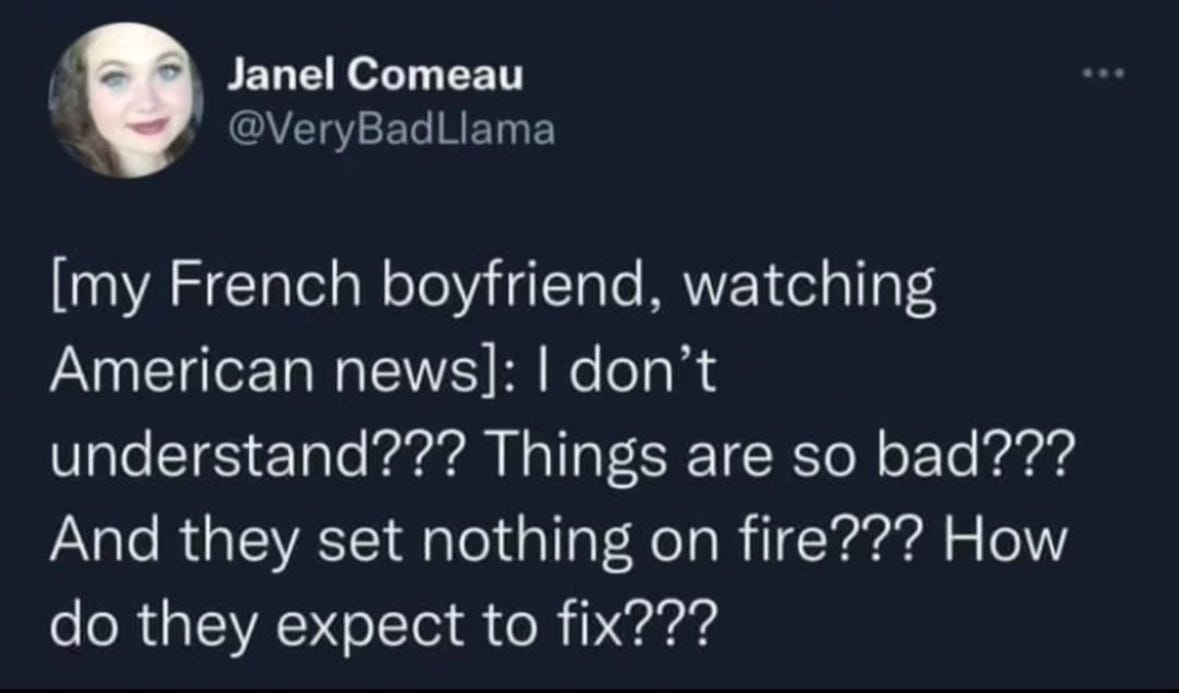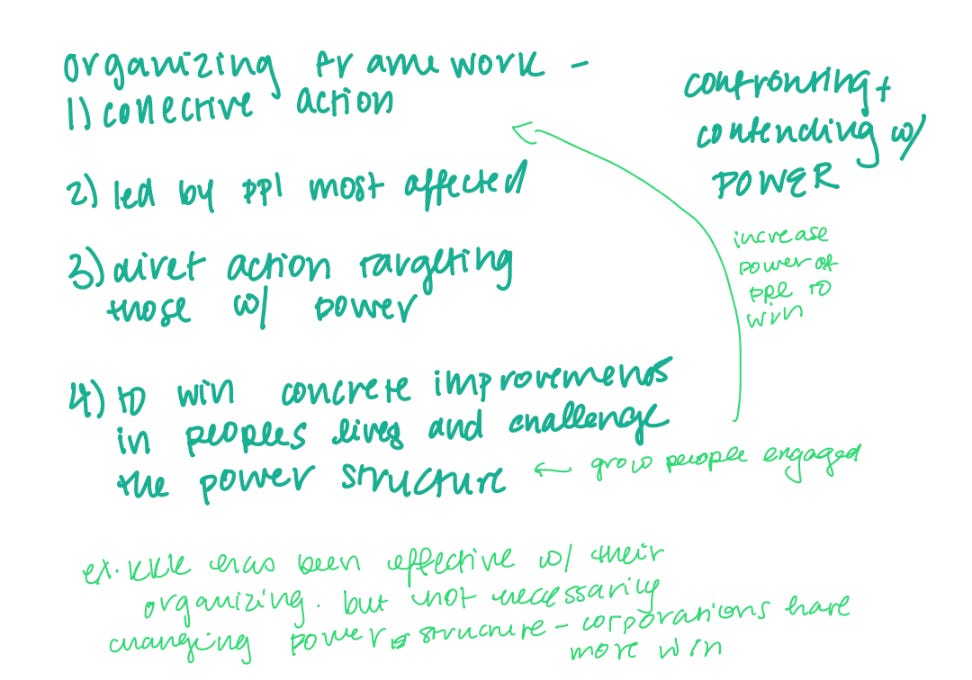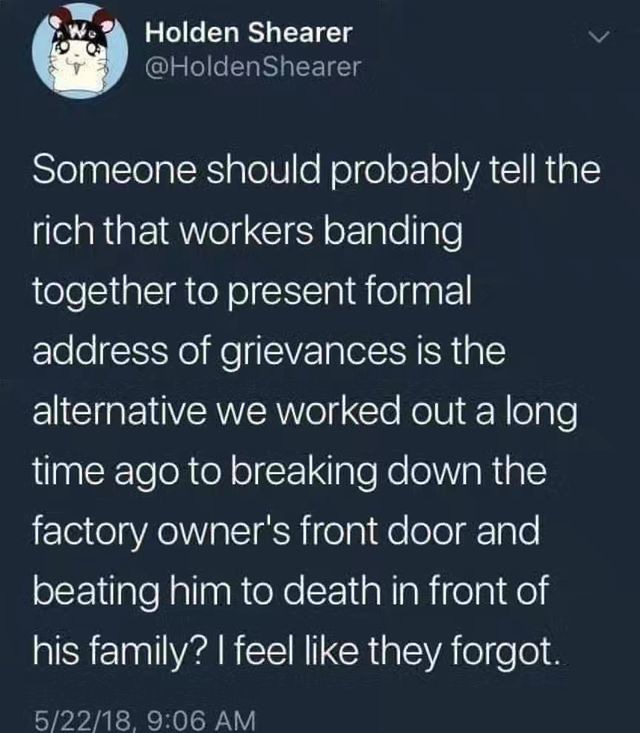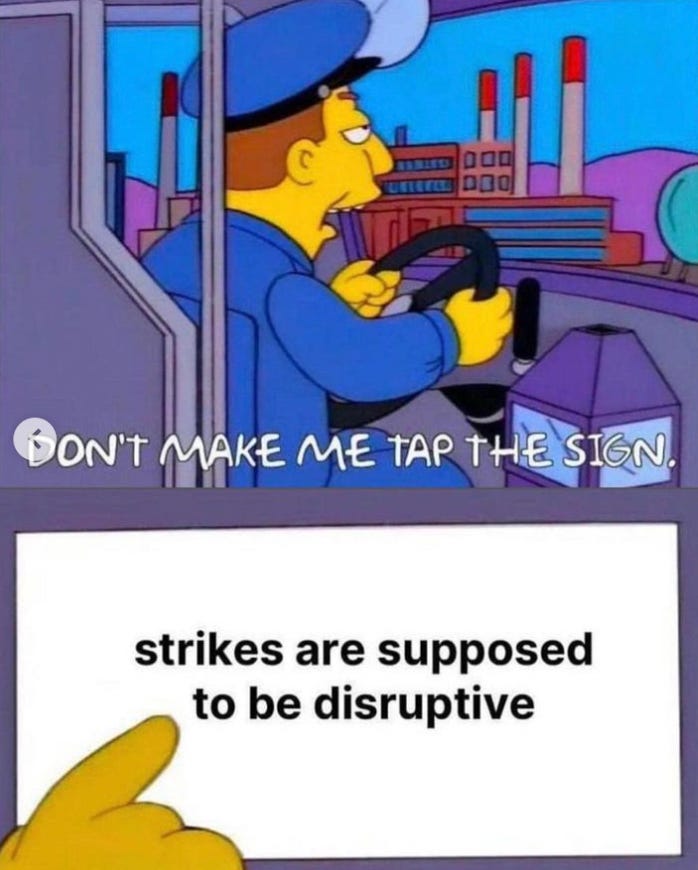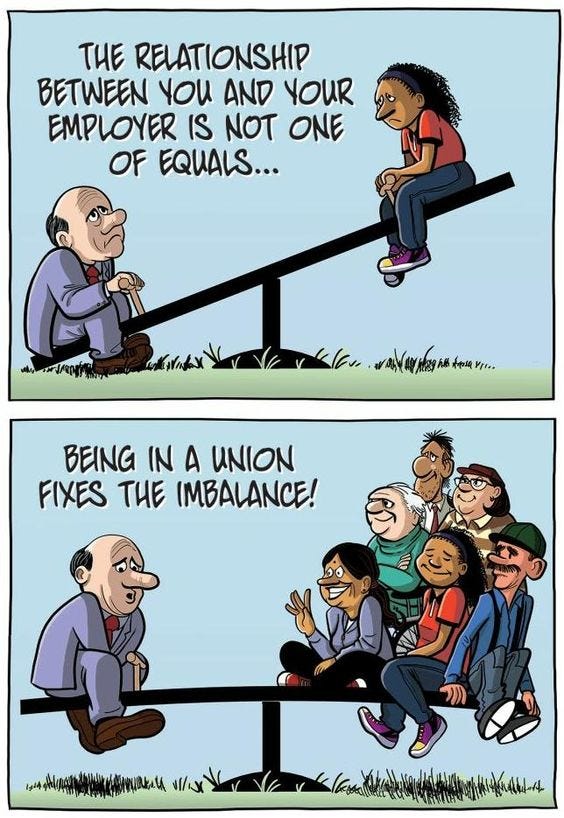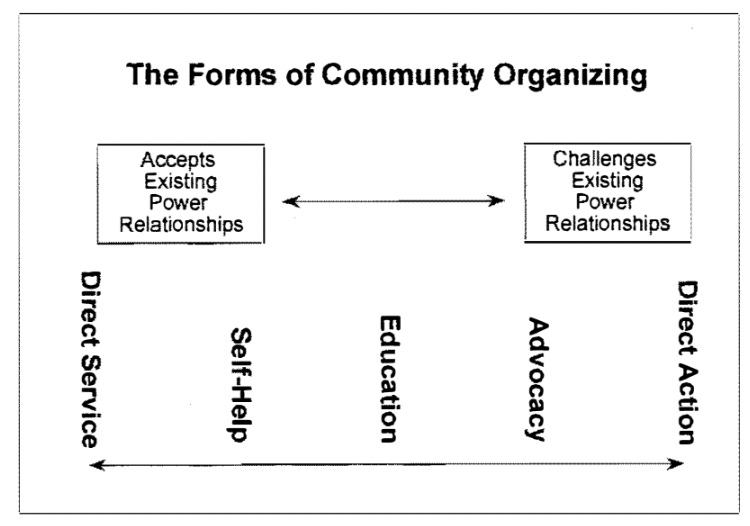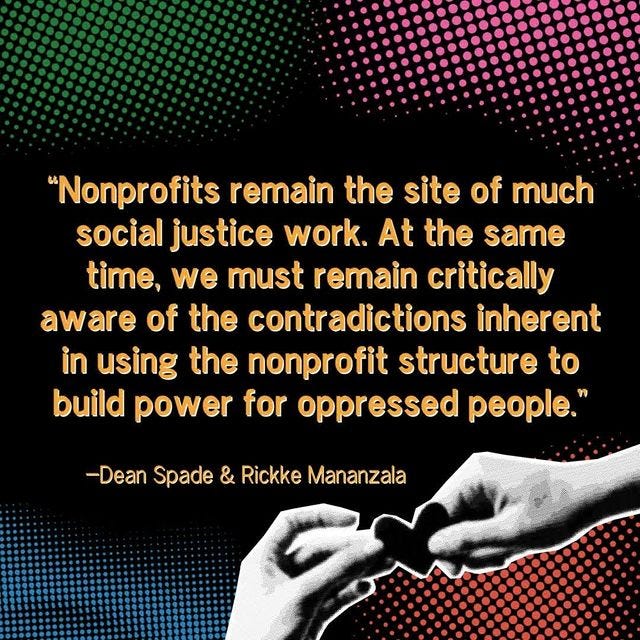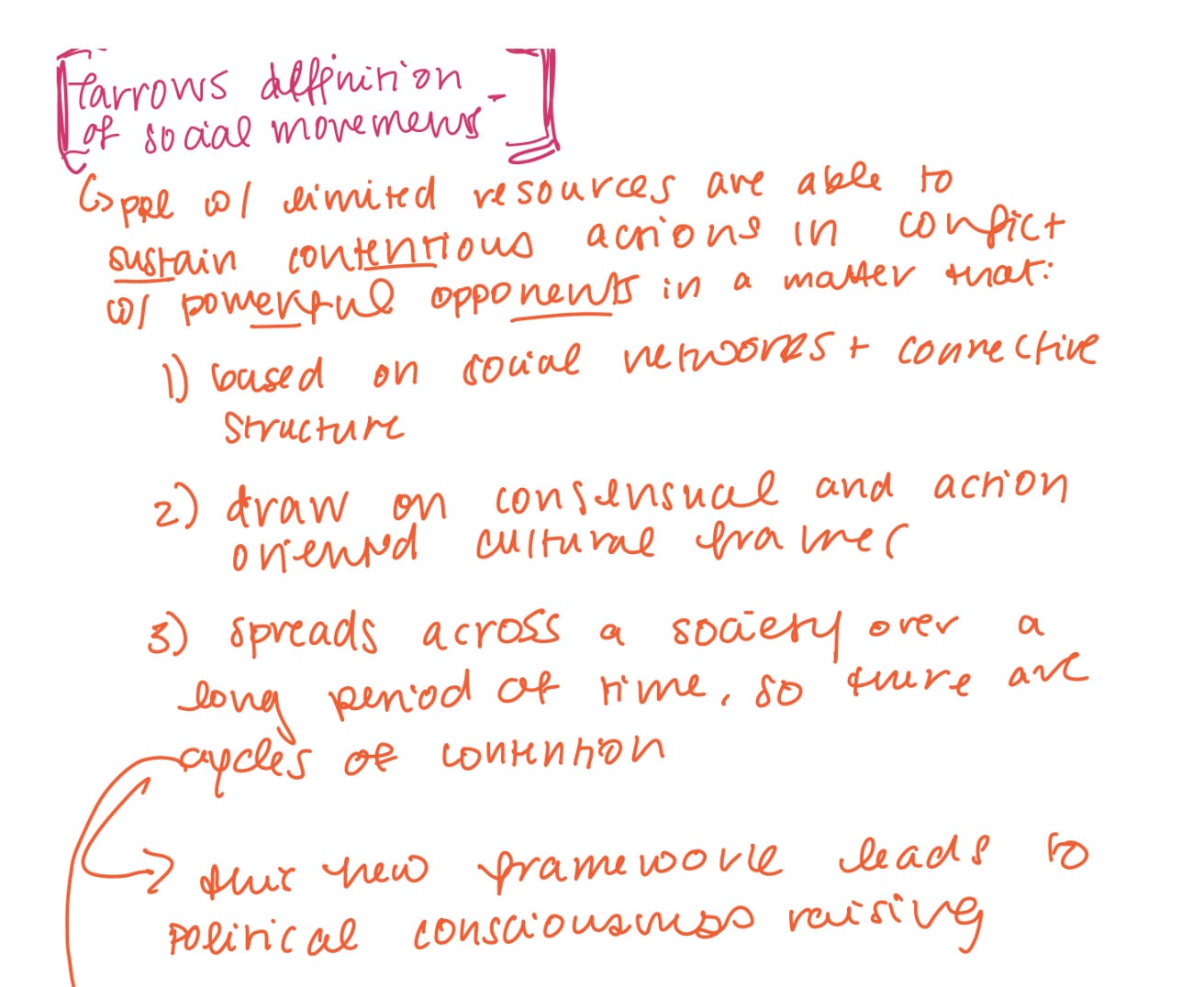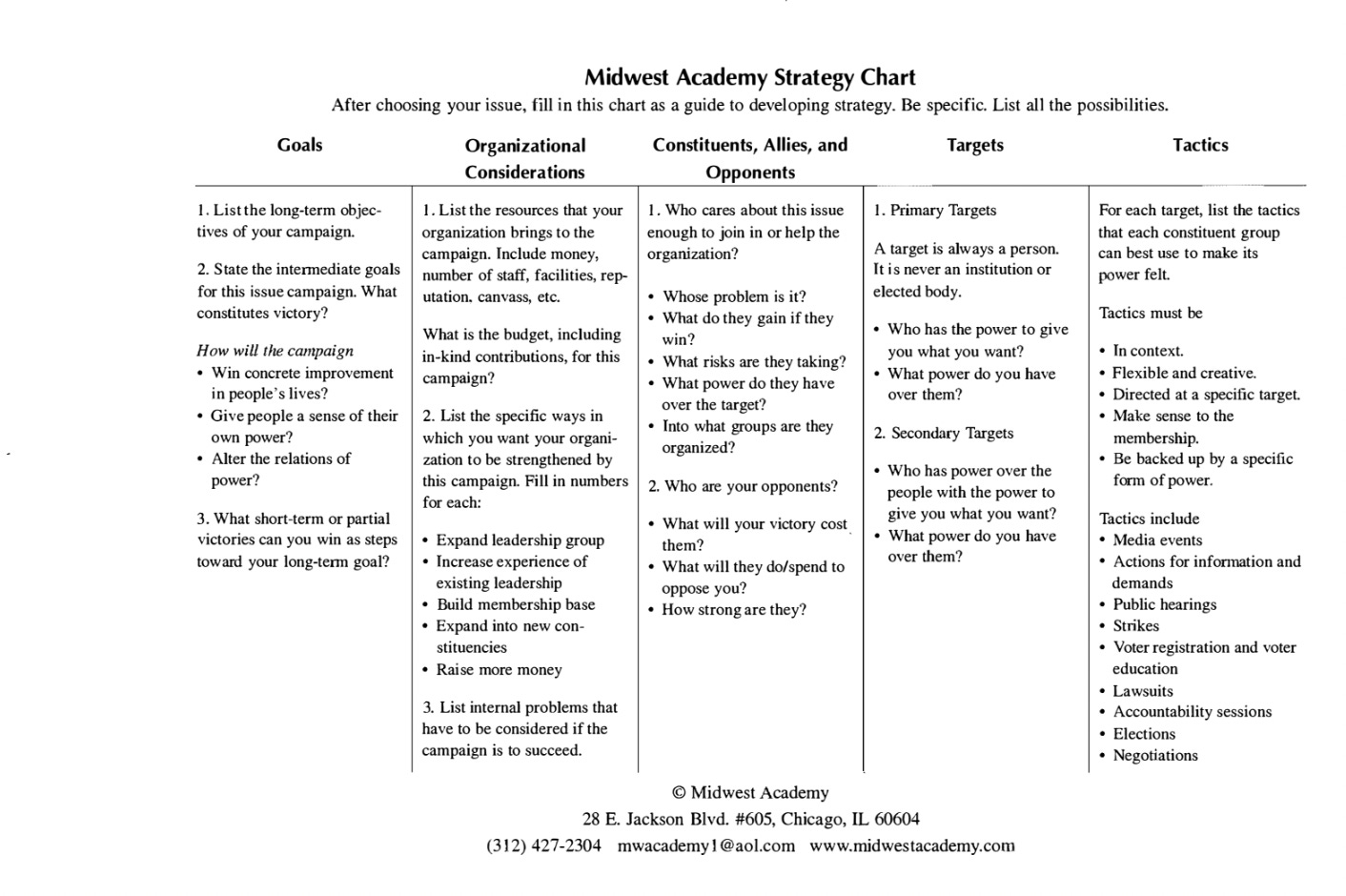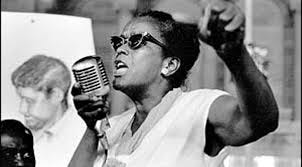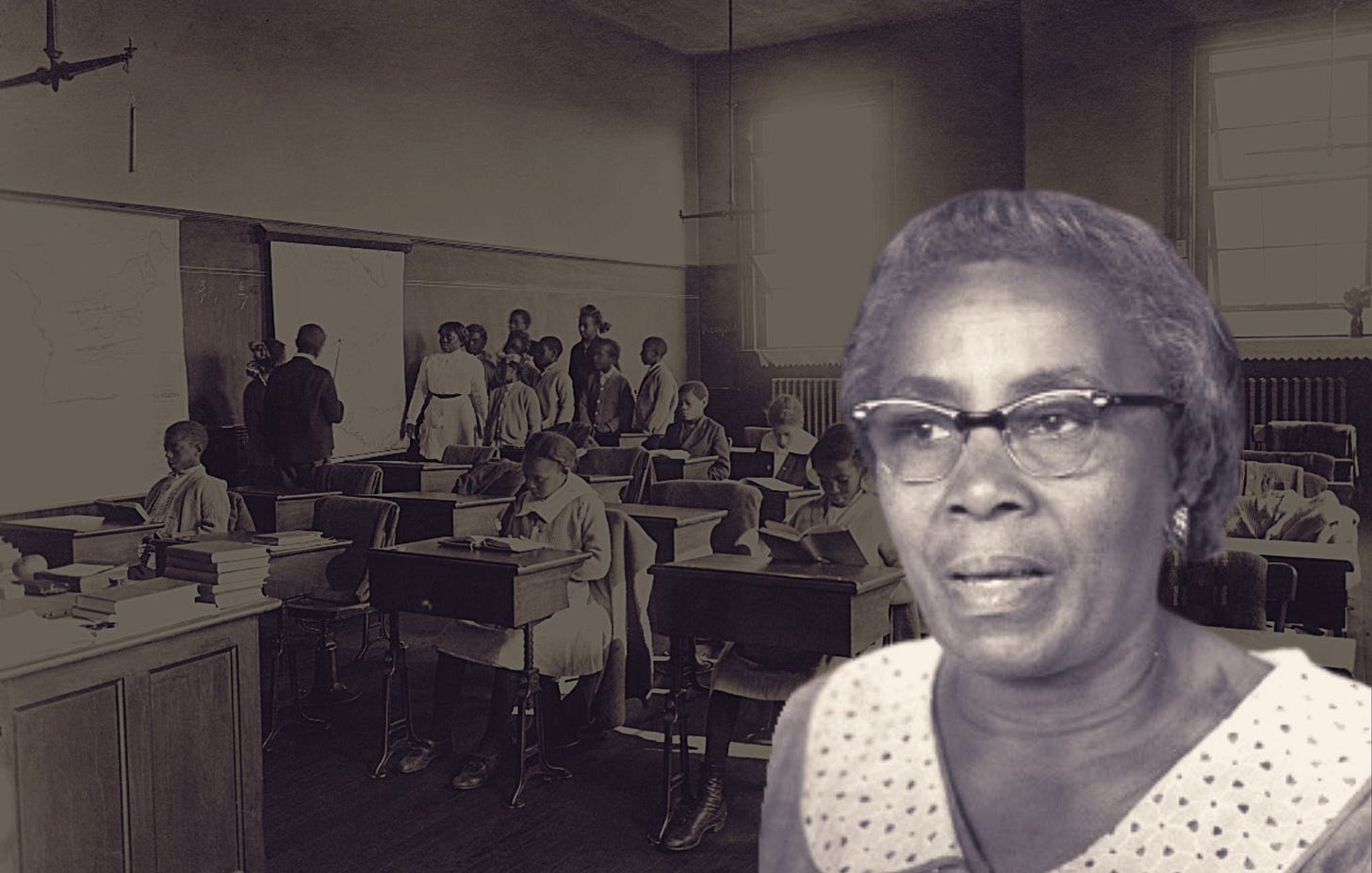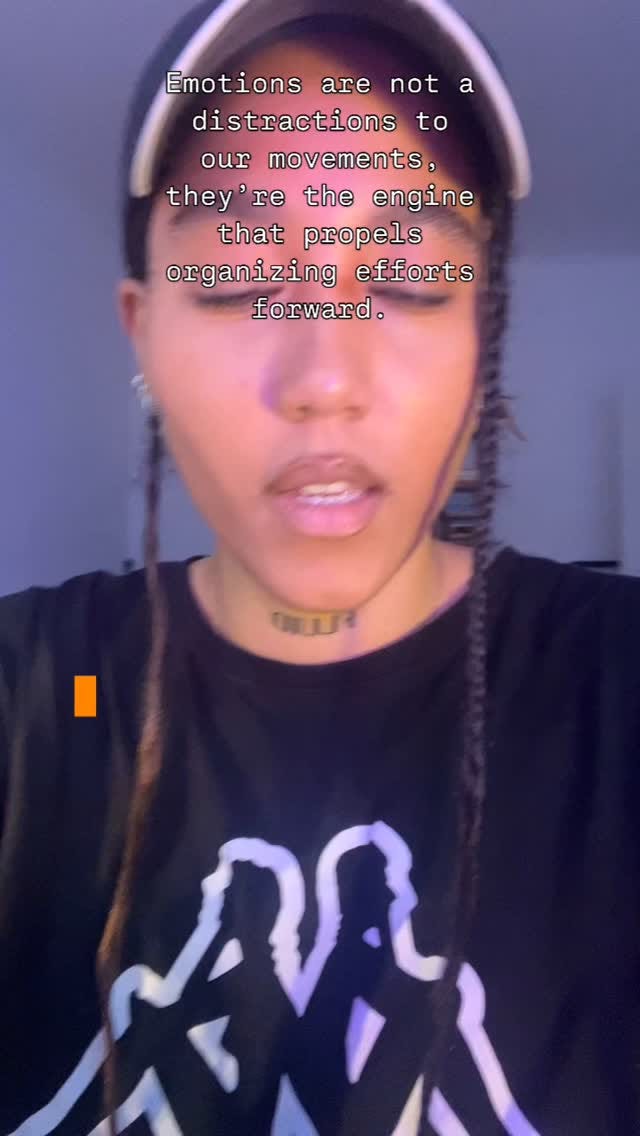The Battle-Tested Strategy of Social Movements
In graduate school, I got to take Social Movements & Organizing with Saru Jaymaran. She taught that any social progress humanity has achieved has come from the masses collectively organizing, disturbing a specific target in a position of power to effect lasting change and ultimately shift the balance of power.
Saru is one of the most brilliant orators I’ve ever been able to witness. Every week she’d get in front of our class of 100+ students and bellow her teachings into the corners of the room, sharing a galvanizing speech worthy of inspiring soldiers on the battlefield. She’d emphatically deliver a logically impenetrable argument, filled with facts and figures, while weaving stories and emotional hooks that inspired action. Watch her live here:
She reiterated the same frameworks over and over again. She was principled, highly focused, relentless. She is a true master of her practice. This is a lecturer who has a clear methodology and a successful track record (learn more about her work of eradicating the subminimum wage at One Fair Wage).
How often do you encounter someone like Saru? Maybe it’s part her disposition and personality that she makes it look so effortless, but when you see her show up to class every week with this level of commitment and clairty, you can begin to see how a woman taking on the other NRA is effective because of YEARS, no DECADES of study, practice, experimentation, and putting in the reps.
It’s normal to get stuck in analysis paralysis or despair when it comes to politics. But there are more positive and productive ways to channel our energy. What Saru was teaching was the strategy and tactics that have empirically shifted the balance of power and undone systems of oppression across history. And while Saru is a prolific leader in the fight, for many of us our task is to get politically educated and contribute to community. Show up and participate.
Consider this General’s handbook for fighting the good fight.
📝 Notes from Social Movements & OrganizING
A style note - Original lecture notes in class with Saru are in Normal text, my current annotations are italicized and in block quote
Organizing is the most effective way to produce social change because it challenges the root cause of power
Direct Action gets the goods
Protest really works - nothing works as well as this to effect change
Brings the pain people feel everyday to the people in power
Demonstrates sacrifice - nothing more threatening to power than people most impacted willing to sacrifice, force the problem for them, expose people in power as the problem. This is the best hope we have for change.
Strikes are disruptive to business, but they’re more importantly incredible sacrifices from people. They risk losing jobs, carceral punishment, and put their bodies in harms way because they recognize that the loss suffered by the individual because they know collectively together they can make change happen.
Psychologically I think this is something we have to address in the progressive movement at large, especially for those of us with more privilege and power - how do we build our capacity for principled resistance especially when it requires sacrifice?
As someone who has primarily worked in the Self-Help to Advocacy arena, this framework melted my brain a bit- do I need to change careers and become an organizer? Conclusion - no, it’s not in my experience nor skillset. But it is my responsibility to support organizers, unions, strikes, and mass movement for change. And there are so many ways we can organize in our local communities, but they do require our time and energy.
Here’s how I interpret this graphic now - we need people doing the work across the spectrum. For example, Healthcare is a direct service - we will always need human-centered caregivers. Direct Action will help change healthcare policies, but we also need Doctors and Nurses who are working to eradicate patient care inequities through their practice.
In our multi-faceted lives, we can all participate across the spectrum more and especially prioritize the efforts that challenge existing power relationships.
Terminology:
Action - Tactic primarily aimed at pressuring a target in order to achieve a demand - target is at the people with the power to make the change.
A Direct Action - involves being in person with your body you’re challenging people in power
Civil Disobedience (one form of direct action) - public, non violent, conscientious breach of law undertaken with the aim of bringing about a change in laws or government policies (rawls)
A fundamental premise of organizing is that it has a clear specific target, an individual in a position of power, and you employ a strategy and series of tactics in a systematic, disciplined approach to get the target to make a change. It is a fight. It is engaging in battles, escalating in cycles of contentious actions to get change. This can only be done collectively and it must be led by those most impacted by the issue. The ultimate aim is to win concrete improvements in people’s lives and ultimately shift the balance of power.
📚 Read the Text: Organizing for Social Change by Kim Bobo
Again, as someone who’s spent most of my career outside of organizing, the idea of identifying a real-life human person as a Target was counterintuitive. But the purpose of organizing is to win concrete improvements in people’s lives and shifting the balance of power. This requires directly confronting people in positions of power, often in political seats, to make change. Civil Disobedience is inherently disruptive, and engaging in cycles of contention is to progressively escalate that disturbance in order to achieve intended results.
In class we went deep on learning how to create power and stakeholder mapping to understand how power actually operates - who ultimately has authority and influence over what decisions.
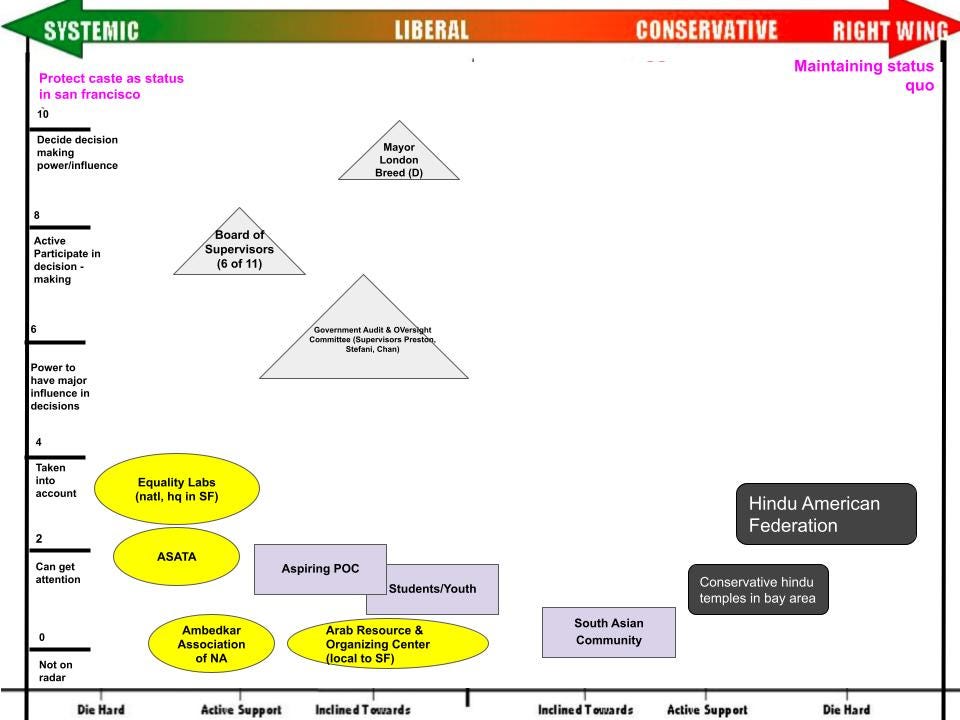
Non-Violence as a Strategy
All of us cooperate with evil everyday, systems that we choose not to resist. Because it’s easier, we fear consequences, we don’t have time. Non-violence is our collective refusal to participate.
Power is the ability to act, power is also social and fluid
Elites wield money, authority, and threat of violence - but real power rests in our obedience
People’s power lies in our ability to withhold consent
Some of us believe we have a system of law and justice - so we cede our authority and give people power. If we collectively refuse
Example on dodds decision- collectively refuse the supreme court is the authority
Nonviolence as a philosophy - this is the idea of moral resistance and disobedience. Basic to the philosophy of nonviolence is the refusal to cooperate with evil. The only power that authorities have over us is our willingness to obey.
Nonviolence as a strategy is about instigating violence - the legacy of non-violent organizers and groups acted conscientiously to get the oppressor to act as a bully, barbarically and capture evidence. The aim is to instigate while demonstrating our moral resistance and highground.
Political jiu-jitsu- use the force of the oppressor against themselves
The Film Selma highlights nonviolence as a strategy. Leading up to the First March in Selma, MLK is warned to expect police force. Rather than cancel or back down, he coordinated reporters to ensure whatever went down was captured for the world to see. Notably, the violence suffered galvanized more White people to the fight of the Civil Rights Movement, who joined up for the Second March. Eventually their efforts would get Lyndon Johnson to sign the Voting Rights Act of 1965.
Only when this hostility comes to the surface as it did in Montgomery and Birmingham, will we begin to see the system of segregation is an evil which destroys people and teaches them a contempt for life… brutality must be suffered to show the true character of segregation.
Why does this work? We know that the tipping point of social change is 3.5% of a population participating in movement. All people in power have is the police to protect them. When 3.5%+ of a population participates, the police will give up because they’re simply outnumbered.
The obvious concerning implicaiton is this can be true for the radical right (see the January 6th insurrection). Also have to be wary of Astroturfing, which gives the impression of a grassroots movement that is actually corporation-manufactured.
In this same section on the Civil Rights Movement, Saru shared the ideological and strategic differences between the two faces of the movement, Martin Luther King Jr and Malcolm X.
She talked about how these two larger-than life figures pulled focus, but there were many leaders, notably women, behind-the-scenes who had monumental contributions to setting up the conditions for successful organizing while navigating sexism and double standards.
Ella Baker was a figure in organizations like the Southern Christian Leadership Conference (SCLC) and later the Student Nonviolent Coordinating Committee (SNCC). Baker was critical of top-down leadership and charismatic figures; she famously asserted, “Strong people don’t need strong leaders.” Her goal was to develop and uplift community leaders, fostering resilience within movements by decentralizing power. This organizing strategy laid the groundwork for SNCC’s commitment to non-hierarchical structures, which encouraged participatory democracy and leadership from within the ranks of ordinary people.
Septima Clark established Citizenship Schools, where Black adults were taught literacy and civics to empower them as voters and active citizens. Her focus was on building capacity within communities, training individuals who could then teach others—a classic organizing approach. She believed that empowerment through education was essential for long-term, systemic change.
Effective Nonvielent Action requires
Courage
Discipline
Collectivity - people most impacted are leading the fight
Solidarity - ex. Veterans at Standing Rock
&& Relationship building!! It requires very human skills of emotional intelligence, navigating conflict, collective care. Organizing is sustained by a web of connections and it is deeply relational.
I’ve taken the highlights of a semester long class, the bits that have most resonated and stayed with me since the year that’s passed. As someone who’s in movement spaces but not a seasoned organizer, please do share any other reflections + feedback in the comments 🙏🏽



